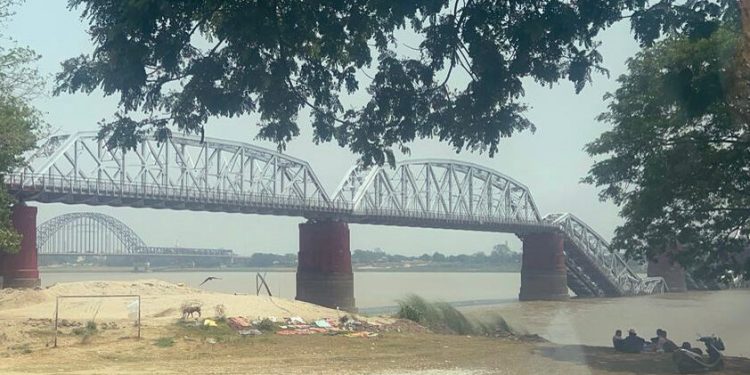Three days after the worst earthquake of Myanmar in more than a century ravaged the distant city torn by the sagaing war, razing monasteries and apartment buildings, help it was beginning to take place.
The 300,000 inhabitants of the city had been largely left to themselves after the 9.7 coarse earthquake, damaging the roads and encouraging the authorities to close a bridge over security problems. The region was already deeply isolated, cut off from the myanmar army, which fought the rebels in a civil war.
Until the end of Monday, some international aid groups began to arrive in Sagaing. But local volunteers trying to help research and rescue efforts said they were blocked by the army.
“We are not allowed to enter freely and provide assistance,” said U Tin Shwe, a sagaing resident who was standing in front of a military barricade in a monastery that had overturned, monks always trapped under the debris. “Rescue operations can only be carried out with their permission.”
The military government said on Monday that the toll of the earthquake, which had torn large expanses of Myanmar, including Sagaing, and the cities of Mandalay and Naycyidaw, had increased to 2,056, compared to around 1,700 on Saturday. 3,900 others were injured. The preliminary modeling of the US Geological Survey suggests that the number of deaths could be greater than 10,000.
The research and rescue teams flocked to the cities of Mandalay and Naycyidaw, the house of generals of the country. But many people in Myanmar have turned to social networks to plead with foreign governments to redirect sagaing aid, which was close to the epicenter of the earthquake and where residents say that more than 80% of the city was destroyed.
Thank you for your patience while we check the access. If you are in reader mode, please leave and connect to your Times account, or subscribe to all time.
Thank you for your patience while we check the access.
Already subscribed? Connect.
Want all the time? Subscribe.


